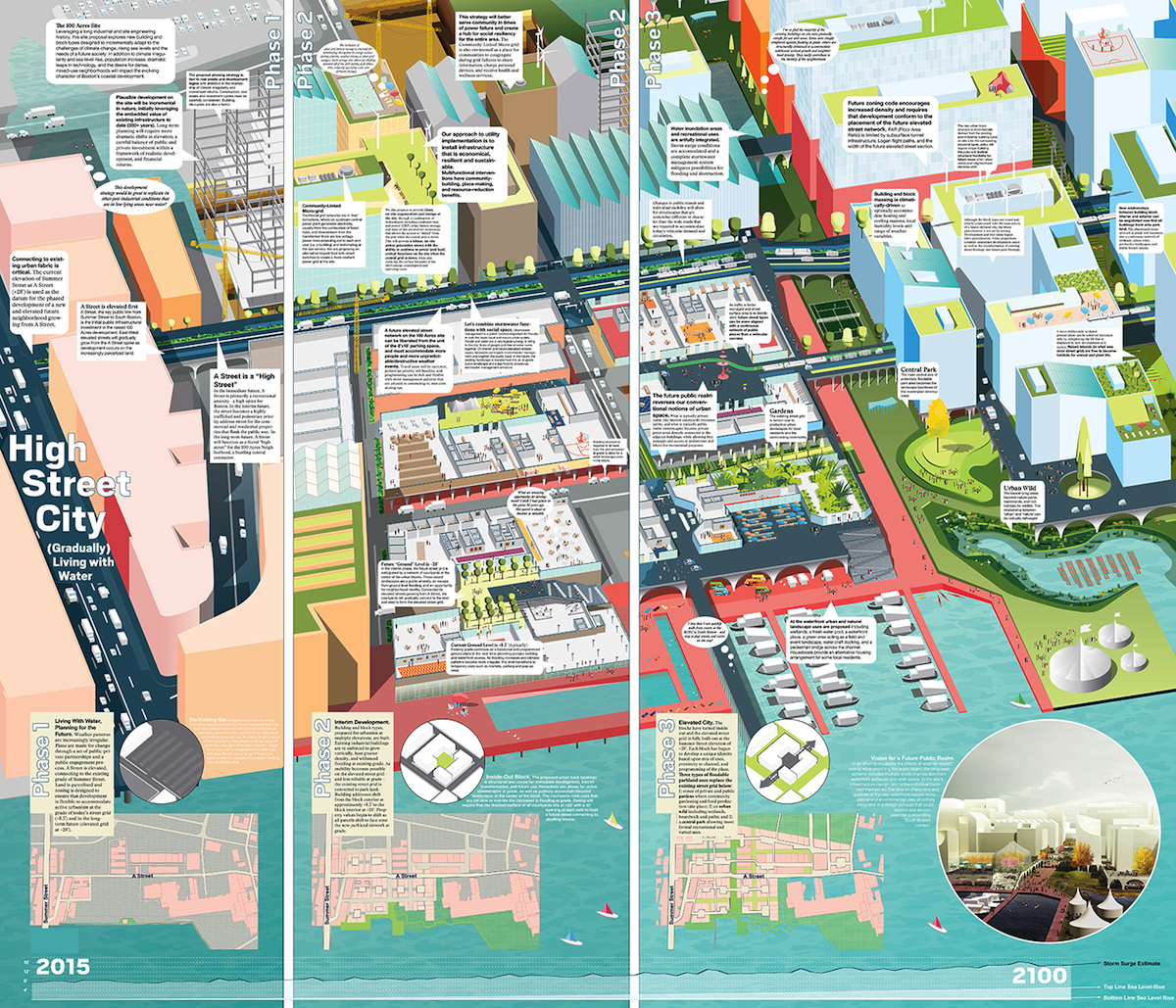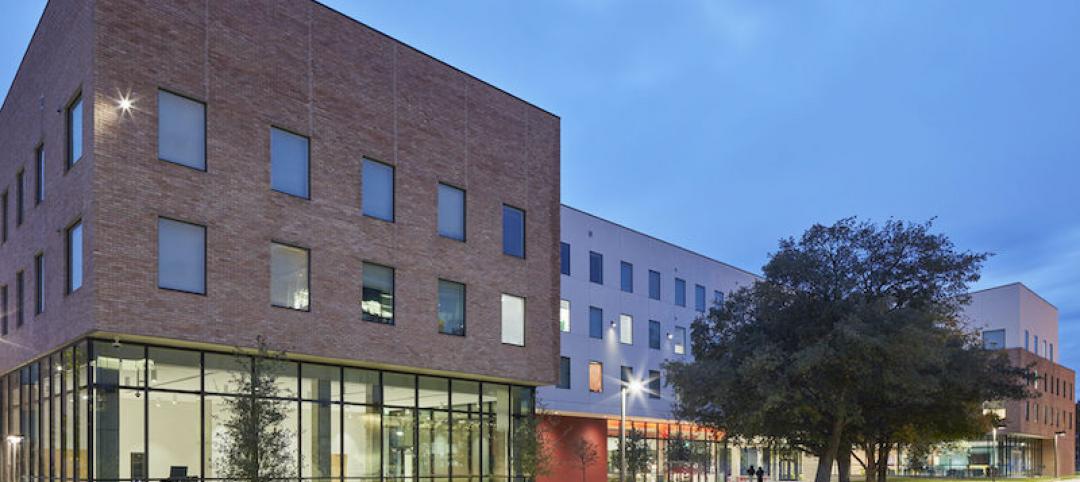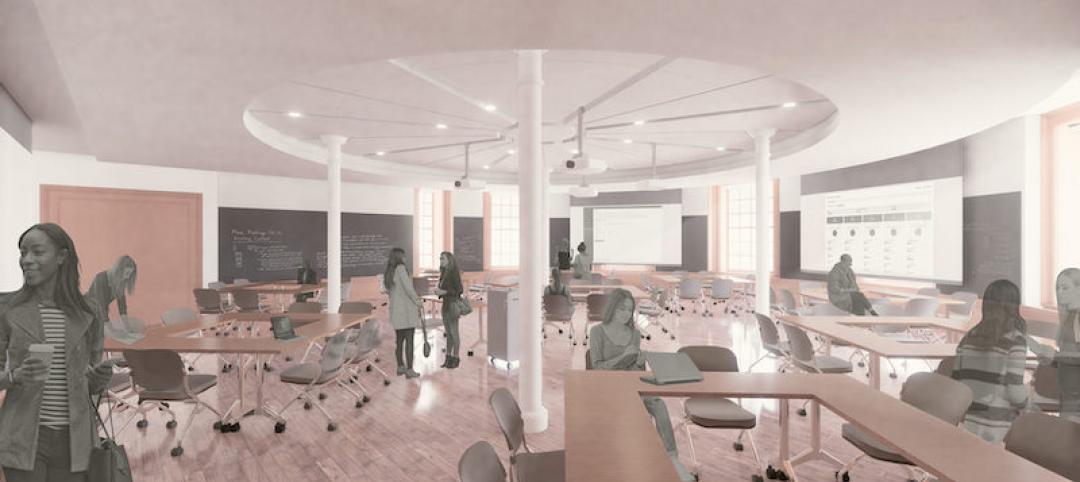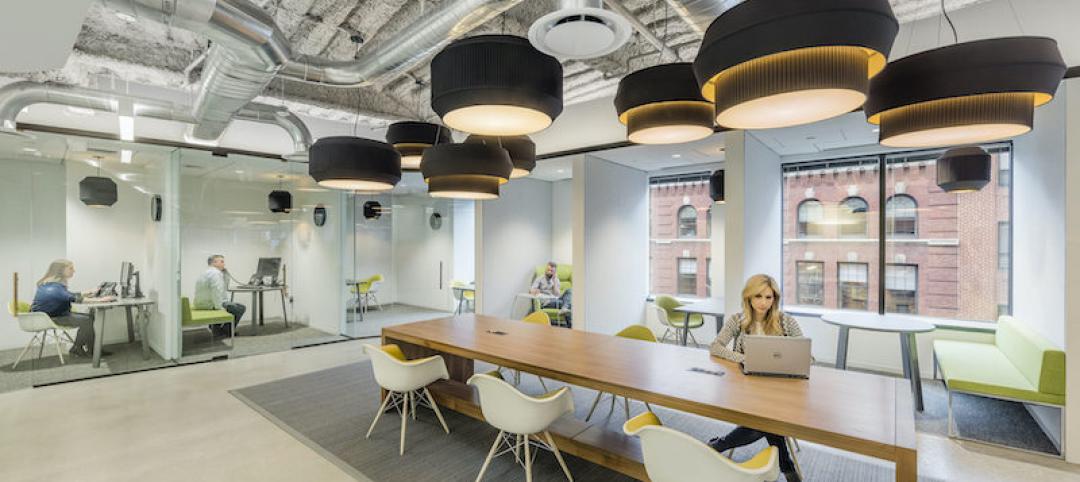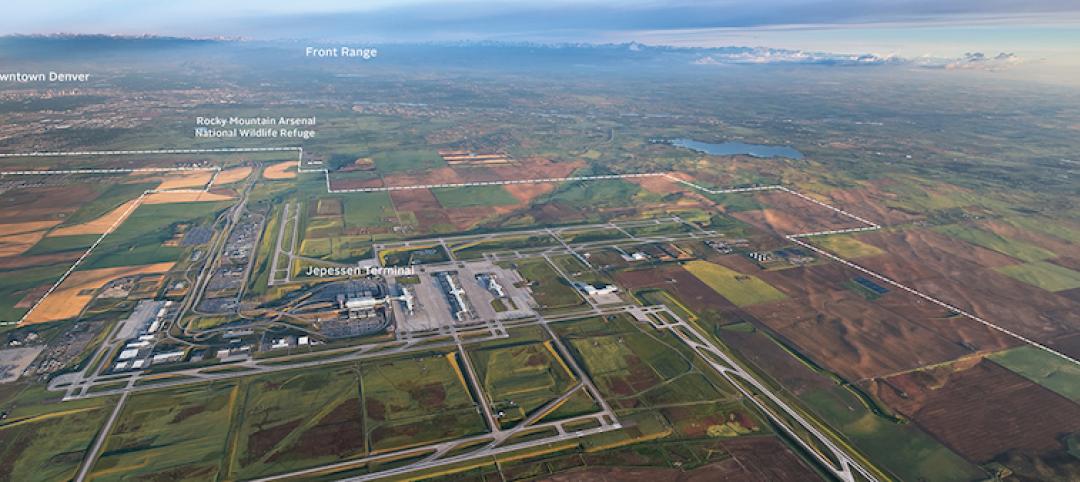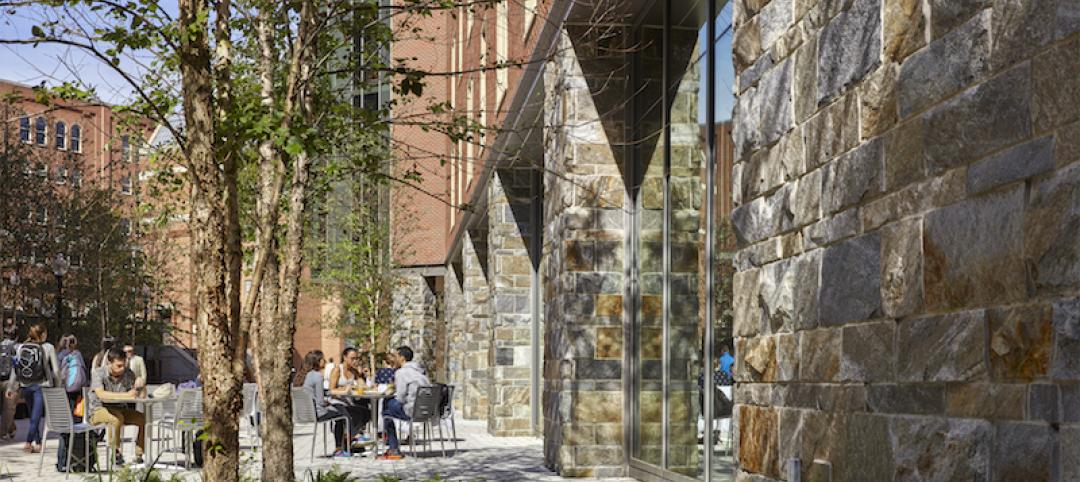Last week, nine finalists across three categories—building, neighborhood, and infrastructure—were selected to move on in the Boston Living with Water competition.
The competition, which kicked off in October of last year—marking two years since Hurricane Sandy—will culminate with the award of a $20,000 grand prize funded by the Massachusetts Office of Coastal Management and the Barr Foundation.
This competition asks for creative approaches for planning for a not-so-distant future Boston where higher sea levels and more frequent flooding will be real and critical issues to contend with. Looking at the projected sea level rise as a planning and design opportunity for Boston's built environment, fifty teams, of roughly 350 individuals, from eight countries participated.
From Mayor Martin J. Walsh's perspective, the initiative has been a great success. "We issued an ambitious challenge through the Boston Living with water competition, and I'm pleased that we received equally ambitious responses," says the mayor. "It's difficult to imagine what the world will look like in the year 2100, but we know for certain that now is the time to prepare for sea level rise. The proposals that came in from around the world demonstrate that a more resilient, sustainable, and beautiful future is within our reach if we work together."
The initiative was launched by the City of Boston, The Boston Harbor Association, the Boston Redevelopment Authority (BRA), and the Boston Society of Architects. Sasaki Principal, Jason Hellendrung, ASLA, is a juror, alongside BRA planning director Kairos Shen; Matt Noblett, principal at Behnisch Architekten; land use attorney Matthew Kiefer of Goulston & Storrs; Marggie Lackner, deputy director of design for the MBTA; and Judith Nitsch, founder of Nitsch Engineering. Joining jurors, Austin Blackmon, the City of Boston's new Chief of Environment was on hand to make remarks at the finalist selection event and celebration.
Upon wrapping this first round of the competition, Jason remarks, "it's exciting to see the momentum building in Boston to prepare for a future that is more resilient to sea level rise. From The Boston Harbor Association'sPreparing for the Rise Tide report, the Sea Change: Boston exhibit, theDesigning with Water report, and ULI's Boston Living with Water report, what's most exciting is seeing each of these efforts building off one another."
Boston is clearly invested in its future, pulling design, research, and government together to anticipate what most studies say will be a considerably wetter century ahead. Jason, with the other competition jurors, look forward to seeing how the concepts evolve in the next round of the competition.
To learn more about some of the most successful design concepts entered in the Boston Living with Water competition, click here.
More from Author
Sasaki | Feb 5, 2024
Lessons learned from 70 years of building cities
As Sasaki looks back on 70 years of practice, we’re also looking to the future of cities. While we can’t predict what will be, we do know the needs of cities are as diverse as their scale, climate, economy, governance, and culture.
Sasaki | Aug 6, 2021
Microclimates and community
Creating meaningful places that contribute to a network of campus open spaces is a primary objective when we design projects for higher education.
Sasaki | Apr 12, 2021
I’ll meet you right outside: Microclimates and community
These high quality exterior gathering places are increasingly important in supporting community.
Sasaki | Feb 16, 2021
A humanistic approach to data and design in the COVID era
As the COVID crisis continues to disrupt higher education, Sasaki is working with our campus clients on space planning initiatives that harness data to uncover solutions to complex challenges never before faced by college and university leaders.
Sasaki | Jul 28, 2020
Post-pandemic workplace design will not be the same for all
Regardless of whether it takes 3 or 18 months to fully return to work, it is clear the long march toward re-emergence from this global pandemic will likely be more of a gradual re-opening than a simultaneous return to life as we knew it.
Sasaki | May 31, 2018
Denver's airport city
Cultivation of airport cities is an emerging development strategy shaped by urban planners, civic leaders, airport executives, and academics.
Sasaki | Feb 12, 2018
Stormwater as an asset on urban campuses
While there is no single silver bullet to reverse the effects of climate change, designers can help to plan ahead for handling more water in our cities by working with private and public land-holders who promote more sustainable design and development.
Sasaki | May 26, 2017
Innovations in addressing homelessness
Parks departments and designers find new approaches to ameliorate homelessness.
Sasaki | Apr 3, 2017
Capturing the waterfront draw
People seem to experience a gravitation toward the water’s edge acutely and we traverse concrete and asphalt just to gaze out over an open expanse or to dip our toes in the blue stuff.
Sasaki | Dec 14, 2016
The future of libraries
The arrival of programs that support student and faculty success such as math emporiums, writing centers, academic enrichment programs, and excellence-in-teaching centers within the library, heralds the emergence of the third generation of academic library design.

